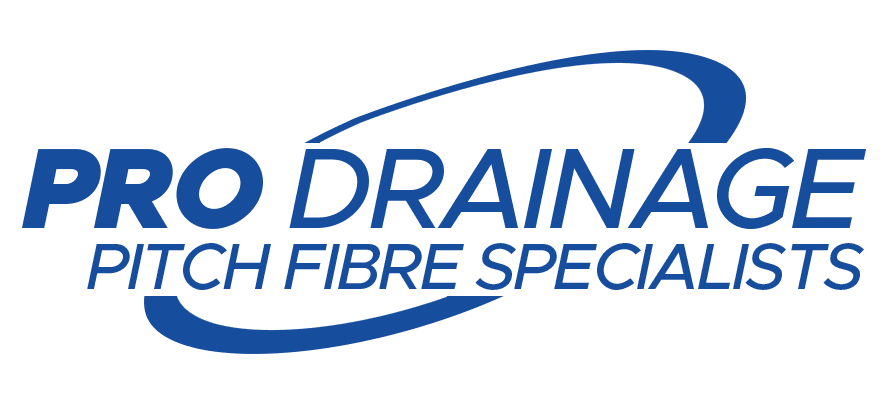Menu
About Us
Our goal is to deliver high-quality, tailored services that exceed our clients’ expectations and help them reclaim their spaces. For any queries or assistance, feel free to contact us. Let us help you create a cleaner, more organized space today.
Contact Info
Telephone
Email
